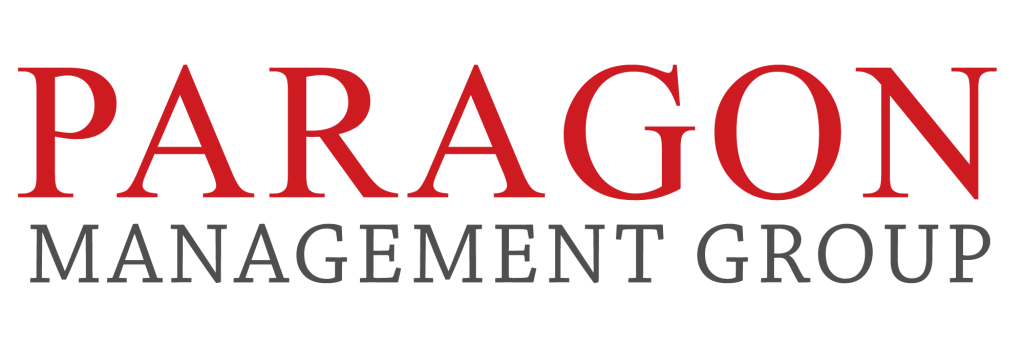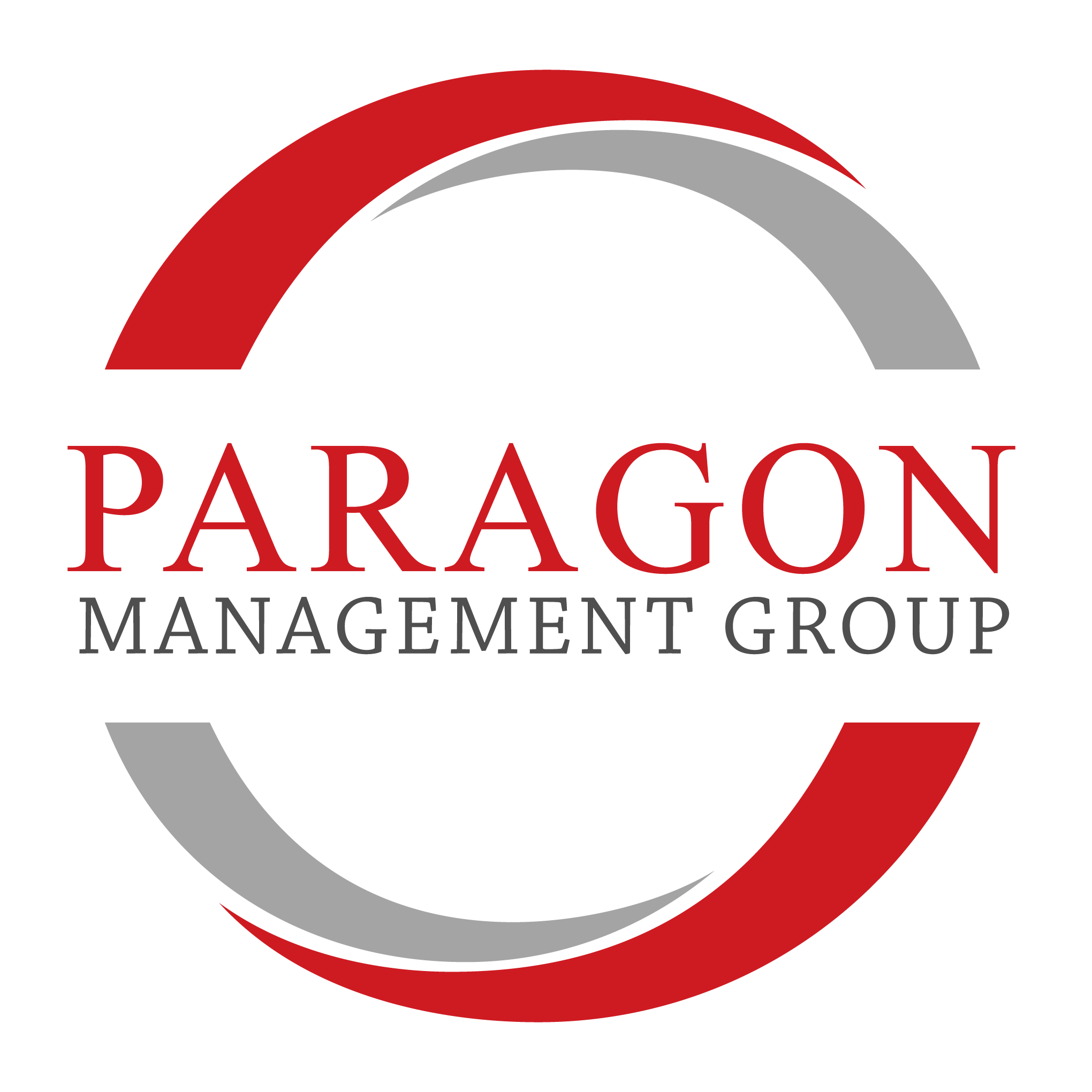We are local, and we’re ready to help
Paragon Management Group offers comprehensive homeowners association support in the Kentuckiana region, serving a diverse range of properties including single-family homes, condos, townhomes, and mixed-use developments.
At Paragon, we are customer-centric, passionate about service, and committed to timely, responsive support for our clients. Our dedicated team of skilled professionals is ready to foster a strong sense of community in your neighborhood. With access to the latest association management tools, we deliver results through organized and efficient processes. We strive to deliver exceptional customer service for you and your residents. Integrity and reliability are at the heart of our values, and we take pride in building lasting relationships with our clients.
Your community deserves the very best, and Paragon is here to help you create strong, connected neighborhoods where everyone feels at home. Reach out to our office today to discover how we can assist you!
- Accounting
- Financial Record Keeping
- Meeting Attendance
- Board Meeting Packets
- Delinquent Account Collections
- Budget Preparation
- Dedicated Web Portal/Homeowner App
- Architectural Review Processing
- Homeowner Communication Tools
- Enforcement of Governing Documents
- Knowledge of Laws and Regulations Governing Deed Restricted Communities
Now providing services to Jefferson, Oldham, Hardin, Meade, Bullitt, Spencer and Shelby counties in Kentucky and Clark, Harrison and Floyd counties in Indiana.
Community and Home Owners Association Services
Serving Kentucky and parts of Indiana, Paragon offers thorough accounting-based practices for Home Owners Associations and other community management groups.

HOA
Management
We provide service management for condo, townhome, and single-family communities.

Banking & Bookkeeping
Extensive and thorough accounting service that manages community finances effectively.

Developer Assistance
We assist and advise communities under developer control. We make turnover easy.
Serving our community.
Managing our communities.
At Paragon, we believe in the value of serving others. That’s why we founded our community management firm based on the principals of ethical and transparent financial reporting.





